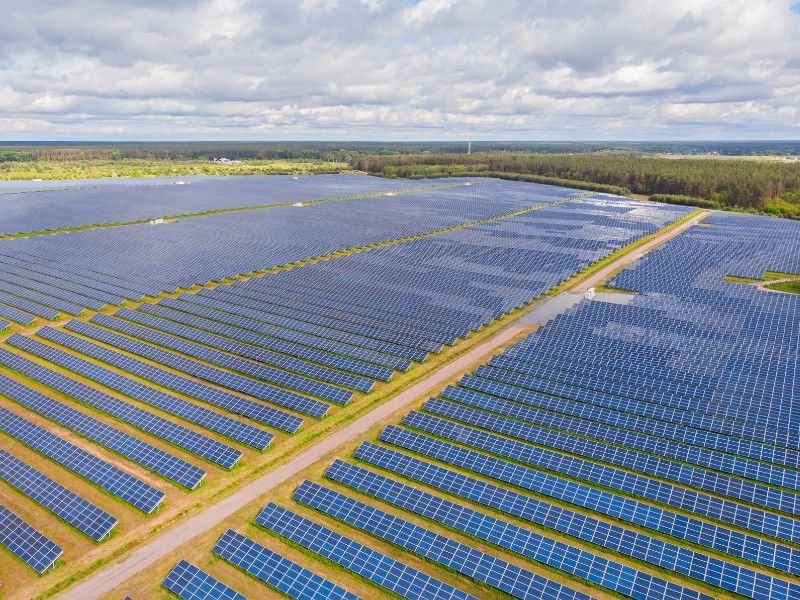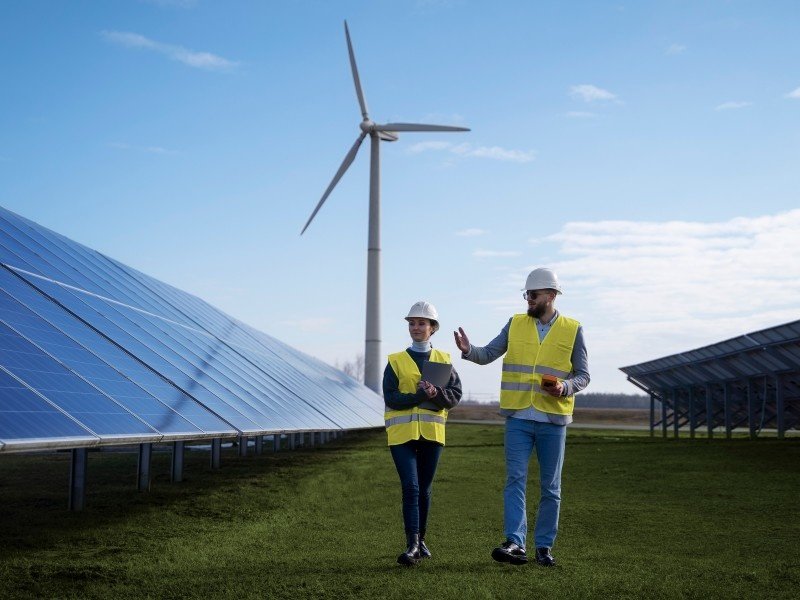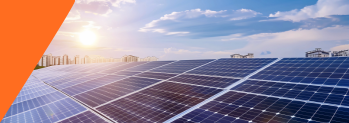In India, where the sun shines brightly, solar energy is becoming an increasingly popular way to power homes and businesses. However, as solar power plants age, their efficiency can drop. This is where repowering comes into play.
Here is an easy-to-understand guide on how and why you should consider repowering your solar power plant.
What Is Solar Repowering?
Repowering is a process that rejuvenates old solar power plants to boost their performance and extend their lifespan. It involves replacing outdated or damaged components of a solar power plant with new, advanced technology. The components might even include inverters and batteries.
Why Should You Consider Repowering?
There are many reasons why you should consider repowering. Some of them are given below:
How To Repower A Solar Power Plant?
Here is how a solar power plant can be repowered:
- 1
Evaluate Your Plant: Begin by evaluating the current condition of your solar power plant. This includes checking the performance of your solar panels, inverters, and batteries. You might need to consult a solar energy expert who can provide a detailed assessment.
- 2
Upgrade Panels: Upgrade your solar system by replacing old panels with high-efficiency models. Update the inverters to increase output effectively. Additionally, consider replacing outdated batteries to prevent energy loss and enhance overall efficiency.
- 3
Optimise Space: Modern solar panels have a higher capacity compared to older models. This means you can achieve better results with the same amount of space, or even use the freed-up space for additional panels.
- 4
Check Legal Requirements: In India, repowering a solar power plant may involve certain regulatory steps. Ensure you meet all the legal requirements to maintain any incentives or compensation you receive for your solar energy production.


Steps To Get Started
Here is how a solar power plant can be repowered:
- 1
Contact a Solar Energy Company: Reach out to a reputable solar energy company that offers repowering services. They can provide an assessment and guide you through the process.
- 2
Get a Quote: Obtain quotes for the cost of new panels, inverters, and any other necessary upgrades. Compare these with the potential increase in energy production to assess the financial benefits.
- 3
Plan the Upgrade: Work with your solar energy provider to develop a plan for repowering your plant. This will include timelines, costs, and any necessary legal approvals.
- 4
Monitor Performance: After repowering, keep track of your solar plant’s performance to ensure it meets the expected improvements and efficiency.




